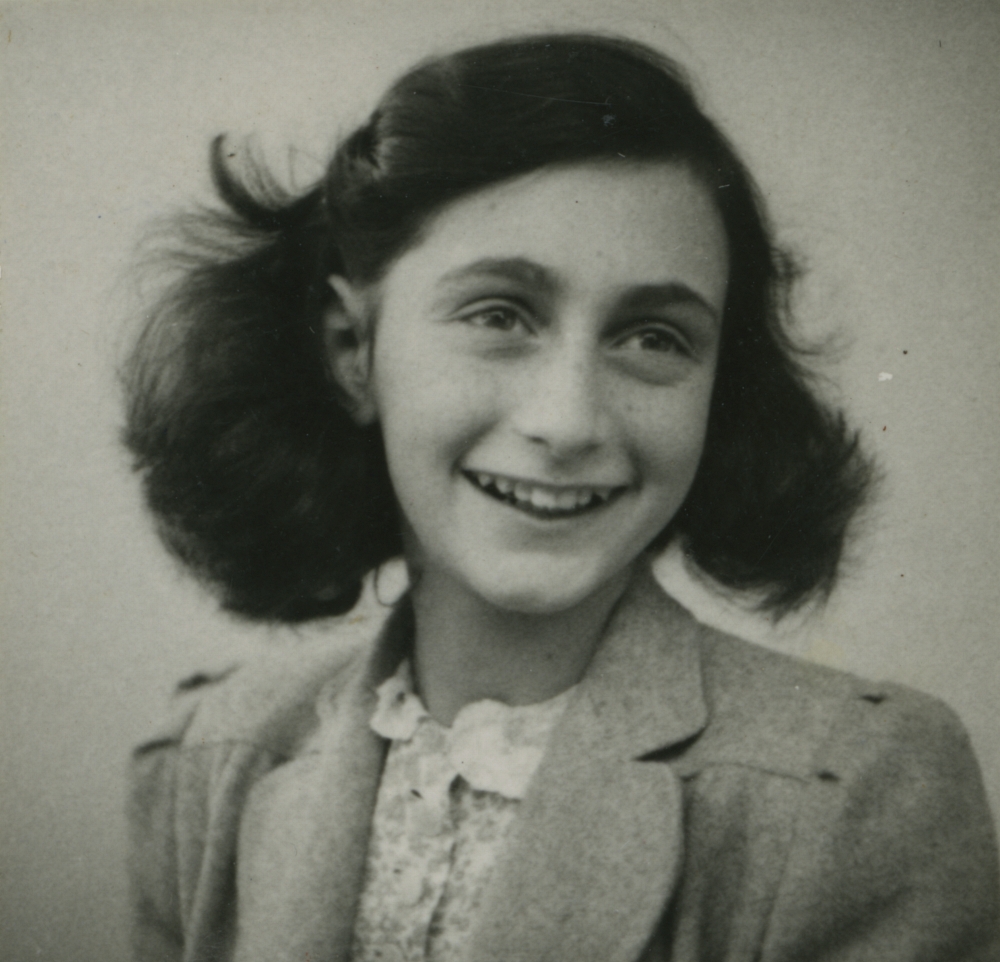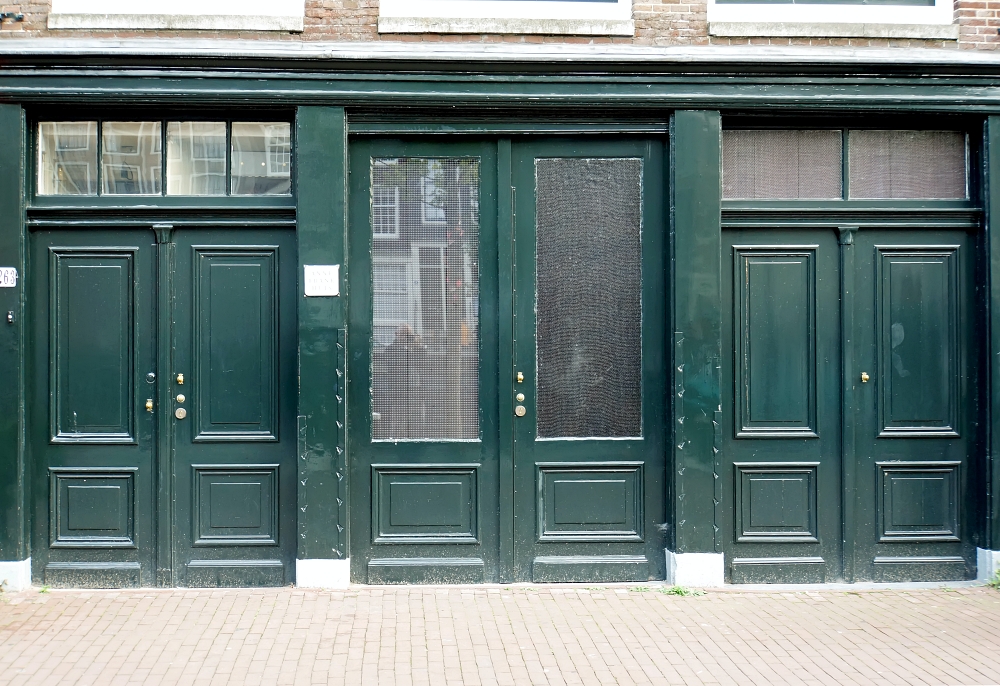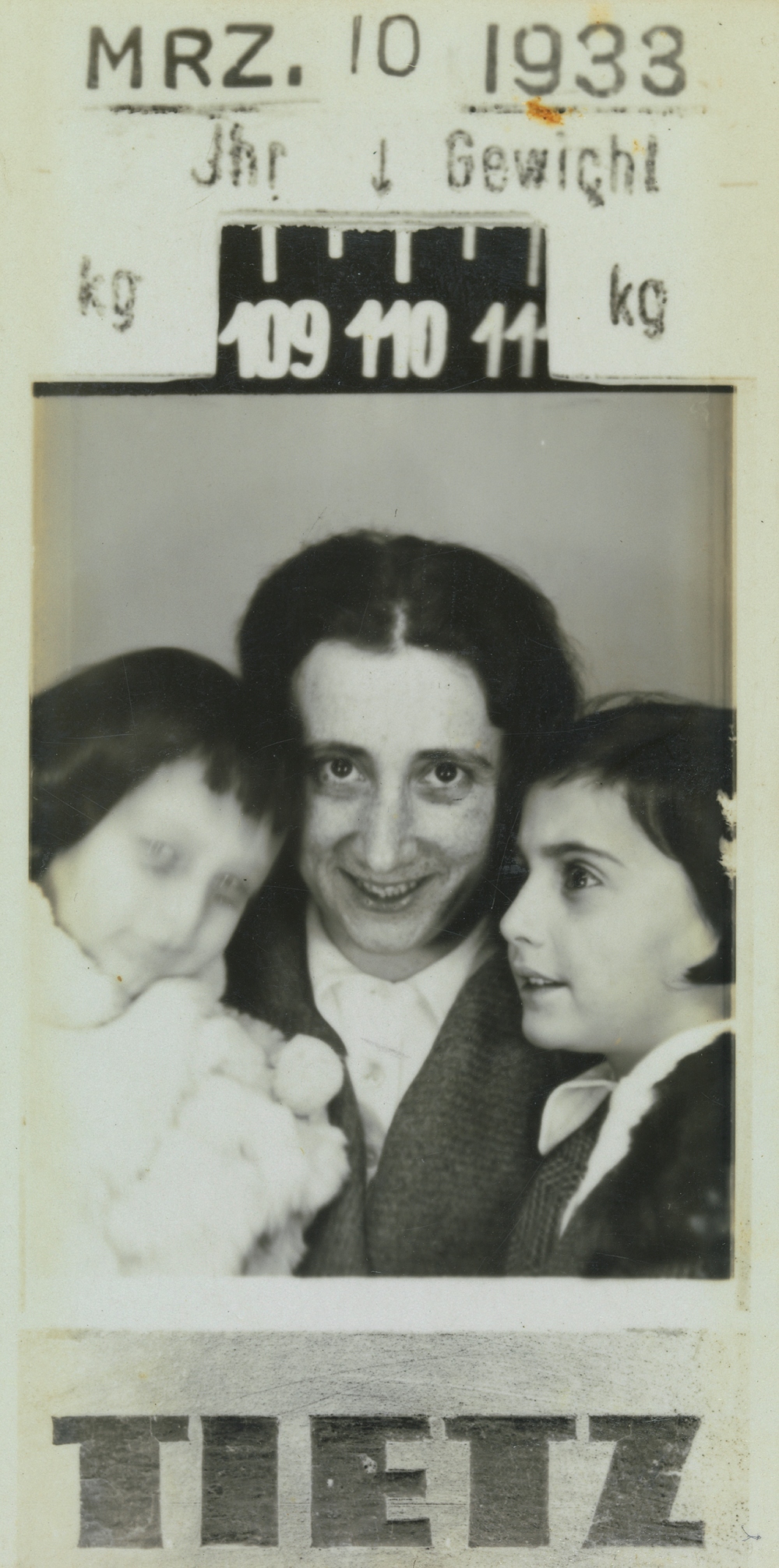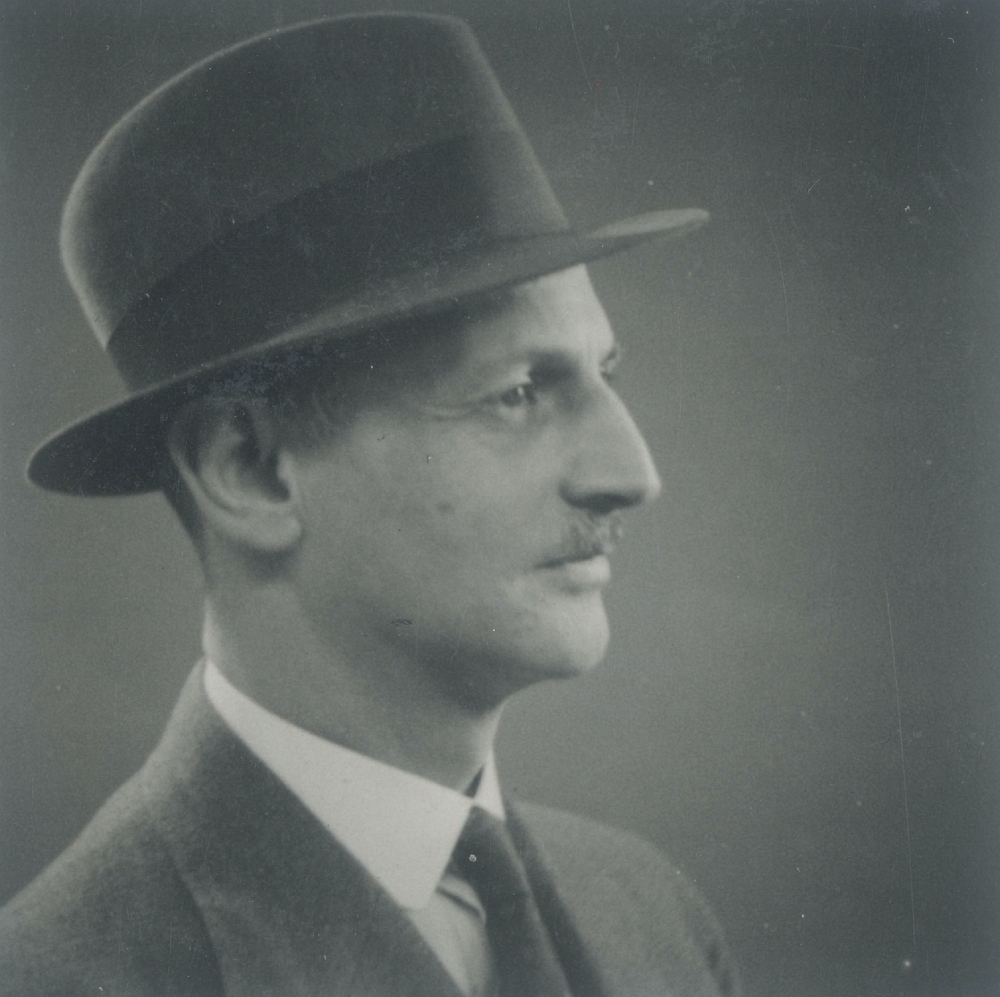Possible Anne Frank Suspect Identified After All These Years
AI helped in unraveling all the information.
The tragedy of the forced hiding of Anne Frank’s family and her untimely death during World war II in a concentration camp were made public when her diary was published in 1947. Her talent for words was not lost on the world, and today it is considered required reading in many schools. But, the enigma of who actually turned the family in has remained unsolved for more than 70 years. Despite many leads and best guesses it wasn’t until recently that a team of researchers, including a former FBI agent, using AI was able to run the names of thousands of people and cross reference them- something that would have taken an unreasonable amount of time using traditional research methods. They have now come up with a likely suspect in this cold case.

Anne’s father, Otto Frank, moved the family from Germany to the Netherlands in 1934 after the Nazi party rose to power in Germany. The German invasion of the Netherlands in 1940 worsened living conditions for Jews until few remained in the city that were not in hiding. Around 100,000 Dutch Jews were killed at the hands of the Nazis.
By 1942 the family was forced to hide in an attic at Otto’s workplace, having been denied visas to other countries to escape the Nazis. Forced to stay in that attic, their supplies and the secrecy of their residence became ever more tenuous as the war dragged on. In 1944 the Frank family (Otto, his wife, Edith, and their two daughters, Anne and Margot) as well as the van Pel family and singleton, Fritz Pfeffer, were raided at the Secret Annexe at Prinsengracht.

Until now speculation on who might have turned the family in was all over the place. According to the Anne Frank House museum the list of potential suspects was too long to narrow down, and there are no written records of any tip-offs or even of the arrest itself.
There were rumors that the informant may have simply telephoned in, and even whether or not the Franks were purposefully betrayed has been called into question. But, now the suspect of Arnold van den Bergh, a notable Jewish community leader in the area, is thought to have potentially given the address to the Nazis. Van den Bergh was reported to have died in 1950.

Van den Bergh was a member of the Nazi-created Amsterdam Jewish Council which was made to enforce the commands and edicts of the Germans on the Jewish population during the war. The organization was dissolved when its members were sent to concentration camps. However, extensive research now reveals that van den Bergh was never sent to a camp, leading to the question of how he escaped capture.
The team now believe that van den Bergh may have given up the Franks as a (successful) last ditch attempt to save himself and his own family from the gas chambers. The team also proffer that Otto Frank may have suspected this all along, but chose to stay quiet on the subject as he thought it would reflect badly on the Jewish people.
An anonymous note had been sent to Otto accusing van den Bergh, but he never went public with this information. One of the investigators, a former FBI agent named Vince Pankoke, told CBS that antisemitism was likely to blame for Otto’s silence on the matter.

Thijs Bayens, a Dutch documentary maker who was also part of the cold-case project, said in an interview that, “…”It shows you how bizarre the Nazi regime really operated, and how they brought people to do these terrible things. The— the real question is, what would I have done? That’s the real question.”
The Anne Frank House museum issued a statement that they were “impressed” with the findings, but that it warrants “further research”.
SKM: below-content placeholderWhizzco for DOT

